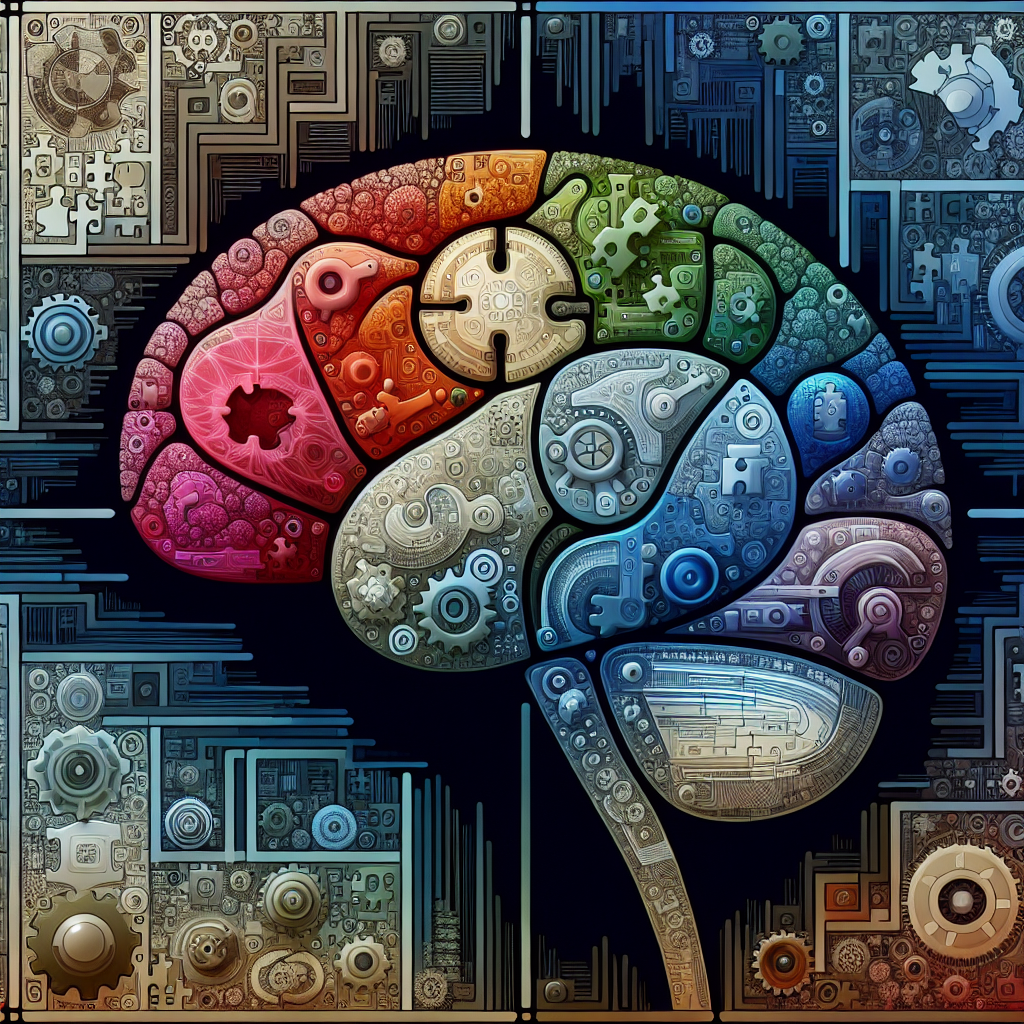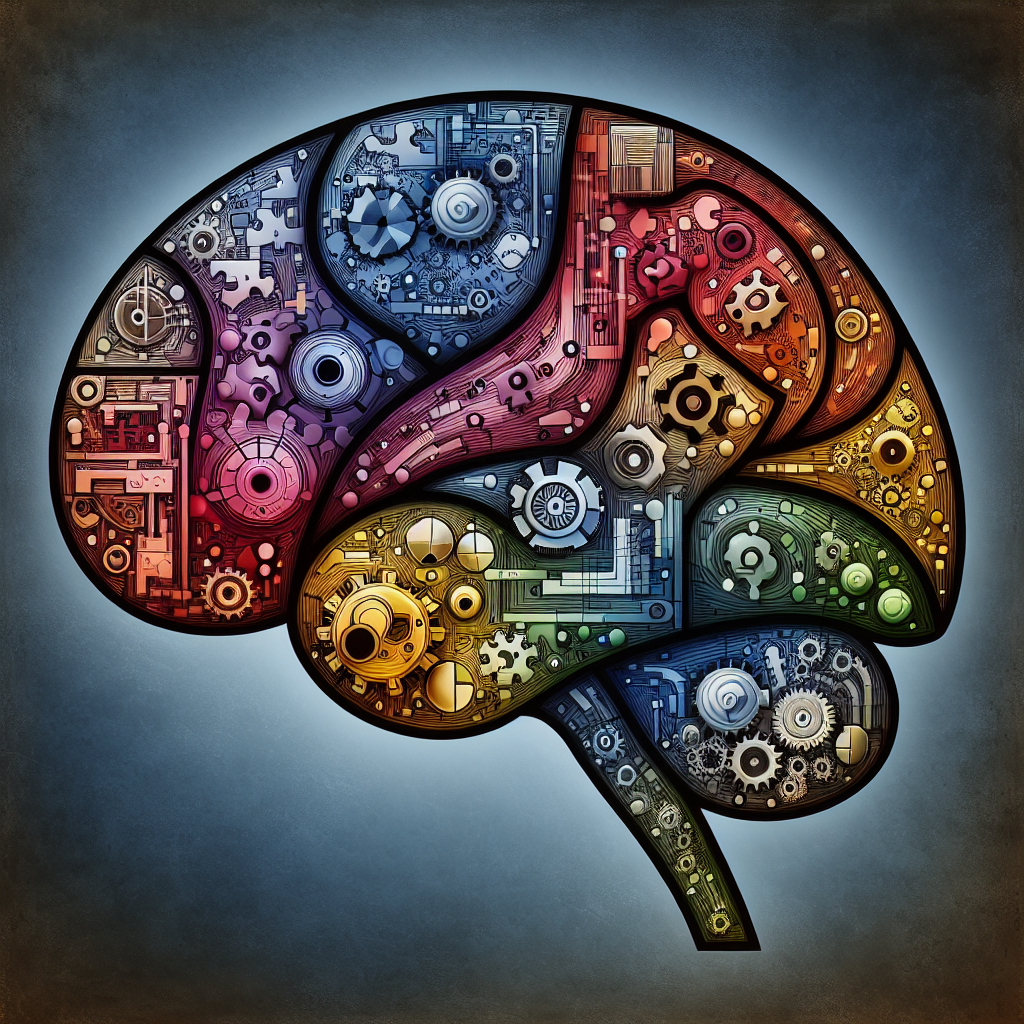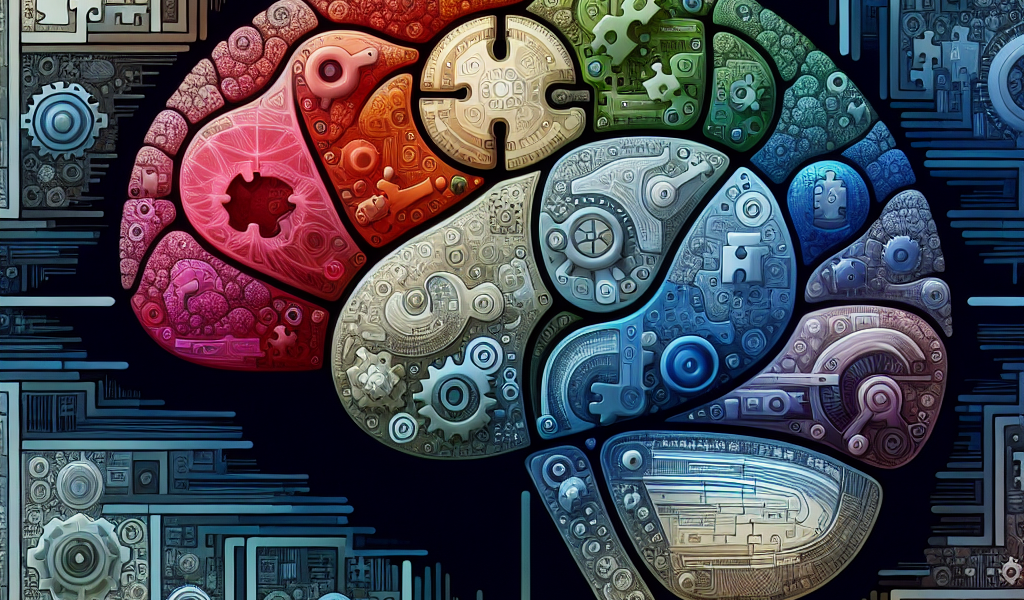What Are Some Common Neurorehabilitation Techniques Used In The Treatment Of Neurological Disorders?
Through this manuscript, you’ll uncover the realm of neurorehabilitation and how its varied techniques play a critical role in treating neurological disorders. You’ll journey through the approaches carried out by professionals couple cognitive and physical activities designed to improve the quality of life of those affected. This article will offer a unique insight into the world of neurorehabilitation therapy, allowing you to appreciate how these methods aid people suffering from neurological conditions to regain control of their lives.

Understanding Neurorehabilitation
Neurorehabilitation is an umbrella term that encompasses a diverse range of therapies and techniques designed to help patients who’ve experienced neurological damage regain their maximum potential. It’s a complex process that requires an interdisciplinary team working cohesively to guide the patient’s journey to recovery.
Definition of Neurorehabilitation
Neurorehabilitation can be defined as a process that’s designed to assist individuals who have experienced neurological damage, such as after a stroke or brain injury, in achieving the highest degree of functional independence and quality of life possible. The goal is to help these individuals regain lost skills and learn alternative ways to perform tasks when necessary.
Objective of Neurorehabilitation
The primary objective of neurorehabilitation is to help people who have experienced a neurological injury achieve their highest possible level of function and quality of life. This means assisting them in regaining lost physical, cognitive, emotional, and communicative skills, while also helping them to develop compensatory mechanisms when necessary.
Role in the Treatment of Neurological Disorders
Neurorehabilitation plays a critical role in the treatment of neurological disorders as it helps patients regain their independence and reintegrate into their daily lives. The treatment plan is usually designed to meet the unique needs of each patient, aiming to improve their physical, cognitive, and emotional functioning.
Physical Therapy
Physical therapy is a core element of any neurorehabilitation program and involves using different therapeutic exercises to improve and restore physical function.
Basic Principles of Physical Therapy
The basic principles of physical therapy revolve around three main objectives: maintaining and restoring maximum movement and functional ability, preventing the onset and slowing the progression of physical impairments, and improving a person’s overall health status.
Role in Mobility Enhancement
Physical therapy plays an integral part in enhancing mobility. Therapists use targeted exercises to strengthen muscles and improve balance and coordination, which can subsequently boost a patient’s ability to move around, walk and participate in daily activities.
Key Therapeutic Exercises
Key therapeutic exercises in physical therapy often focus on improving muscle strength, endurance, flexibility, balance, and coordination. This might include activities like resistance training, stretching, balance exercises, or aerobic conditioning.
Occupational Therapy
Occupational therapy in neurorehabilitation aims to help patients regain the skills necessary for daily living and working.
Basics of Occupational Therapy in Neurorehabilitation
Occupational therapy focuses on improving patients’ ability to perform daily activities by restoring their functional abilities and independence. The therapy usually involves personalized interventions to help patients return to their normal lives.
Role in Skill Development and Recovery
Through various rehabilitation activities, occupational therapy facilitates the development and recovery of essential skills. It aids in improving fine motor skills, range of motion, strength, and cognitive ability, all of which are necessary for task performance.
Types of Intervention
Interventions in occupational therapy can include everything from teaching new ways of doing things, to introducing adaptive equipment, to modifying the patient’s environment to make tasks easier.

Speech and Language Therapy
Speech and language therapy can be crucial for individuals who experience communication disorders following a neurological event.
Role in Treating Communication Disorders
Handled by a speech-language pathologist, this form of therapy assists in improving all facets of communication, including speech production, language comprehension, and nonverbal communication techniques.
Focus on Swallowing Difficulties
Sometimes neurological damage can result in difficulties with swallowing, a condition known as dysphagia. Speech and language therapists can guide patients through exercises to improve their swallowing function and ensure safe eating and drinking.
Therapeutic Approaches
Therapeutic approaches may include exercises to strengthen oral muscles, strategies to improve speech clarity, and augmentative communication devices for severe speech or language problems.
Cognitive and Emotional Rehabilitation
Addressing cognitive and emotional challenges is an essential part of neurorehabilitation.
Treating Cognitive Deficits
Cognitive deficits impacting memory, attention, and executive functions can be addressed by strategies designed to either restore function or teach compensatory techniques. These interventions aim at retraining the brain and can involve a wide range of tasks and exercises.
Role in Managing Emotional Challenges
Emotional challenges such as anxiety, depression, and anger are not uncommon after a neurological event. Mental health professionals provide counseling and teach stress management techniques to help patients cope better and enhance their mental wellbeing.
Common Techniques
Common techniques to help improve cognitive and emotional health might include cognitive behavioral therapy, mindfulness-based therapy, and even family therapy involving loved ones for better support.
Pharmacological Therapies
Medications form an essential part of neurorehabilitation, helping to manage symptoms and aid in recovery.
Use of Medication to Complement Rehabilitation
Selection of medication needs to be tailored to the individual’s needs. From managing pain to controlling spasticity and other symptoms, pharmacotherapy can significantly enhance the efficacy of other rehabilitation techniques.
Most Common Drugs Used
The most commonly used drugs in neurorehabilitation may include muscle relaxants, antidepressants, and anti-anxiety medications, among others. Their use is determined by the specific needs of the patient and the type of neurological issue they’ve experienced.
Benefits and Side Effects
While these medications can bring significant benefits such as relief of symptoms and improved function, their use has to be balanced with the potential side effects they can cause, including fatigue, dizziness, and other aspects which, in some cases, might limit their use.
Neurofeedback Therapy
Neurofeedback therapy is a noninvasive technique that trains the brain to function better.
Understanding Neurofeedback
Neurofeedback is a type of biofeedback that uses real-time displays of brain activity to teach self-regulation of brain function. It’s been found particularly effective in treating disorders such as ADHD, PTSD, and epilepsy.
How it Aids in Neurorehabilitation
It aids in neurorehabilitation by training the patient’s brain to function more efficiently, thus enhancing the effects of other rehabilitation therapies and leading to better overall outcomes.
Measuring its Success
The success of neurofeedback therapy can be measured by observable improvements in the patient’s symptoms and ultimately their quality of life, as well as changes in their brainwave patterns.
Assistive Technologies in Neurorehabilitation
Assistive technology can greatly enhance a patient’s independence and quality of life as part of a neurorehabilitation plan.
Use of Prosthetics and Orthotics
Prosthetics and orthotics can be crucial in aiding mobility for those with severe movement challenges. They help to replace or enhance the function of a missing or impaired body part.
Adaptive Technology for Computer Use
Adaptive technology makes computer use possible for people with various kinds of disabilities. For example, speech recognition software can help those who have trouble using a keyboard or a mouse.
Role of Communication Devices
Communication devices can drastically improve the ability of patients with severe speech or language problems to express their needs and interact with others.
Robotic Rehabilitation
Robotic rehabilitation is an exciting and innovative area of neurorehabilitation that utilizes robots in the delivery of therapy.
Understanding Robotic Rehabilitation
Robotic rehabilitation involves the use of robotic devices to enhance the rehabilitation process. These devices can assist with repetitive therapeutic tasks, reducing the burden on therapists and potentially improving outcomes.
Impact on Neurorehabilitation
Robotic rehabilitation has the potential to revolutionize neurorehabilitation by providing more precise, consistent, and intensive therapy. This can lead to faster and more complete recovery results for patients.
Current Robotic Technologies in Use
Current robotic technologies used in neurorehabilitation include robotic exoskeletons for gait training, robot-assisted arm therapy for stroke rehabilitation, and robotic glove therapy for hand rehabilitation.
Future Directions in Neurorehabilitation
The field of neurorehabilitation is constantly evolving, with novel techniques and technologies promising even better outcomes for patients.
Emerging Techniques
Emerging techniques such as virtual reality and tele-rehabilitation are tapping into the power of technology to provide more engaging, accessible, and personalized therapy.
Promising Research Findings
Research is uncovering new insights into brain recovery and plasticity. For instance, studies are exploring the potential of stem cells for restoring damaged brain tissue. Even nutrition is being explored as a factor in neurorehabilitation.
Technological Innovations
Technological innovations look set to keep playing a key role in neurorehabilitation’s future. From advanced brain-computer interfaces to breakthroughs in artificial intelligence, we can expect exciting advancements in the years to come. The potential of these innovations could see unprecedented changes and improvements in patient recovery and quality of life.
In conclusion, neurorehabilitation is a comprehensive integrated approach designed to help patients with neurological damage reach their full potential. With an ever-evolving landscape of therapies, technology, and ideas, neurorehabilitation brings hope to patients and their families in the journey to recovery and improvement.

